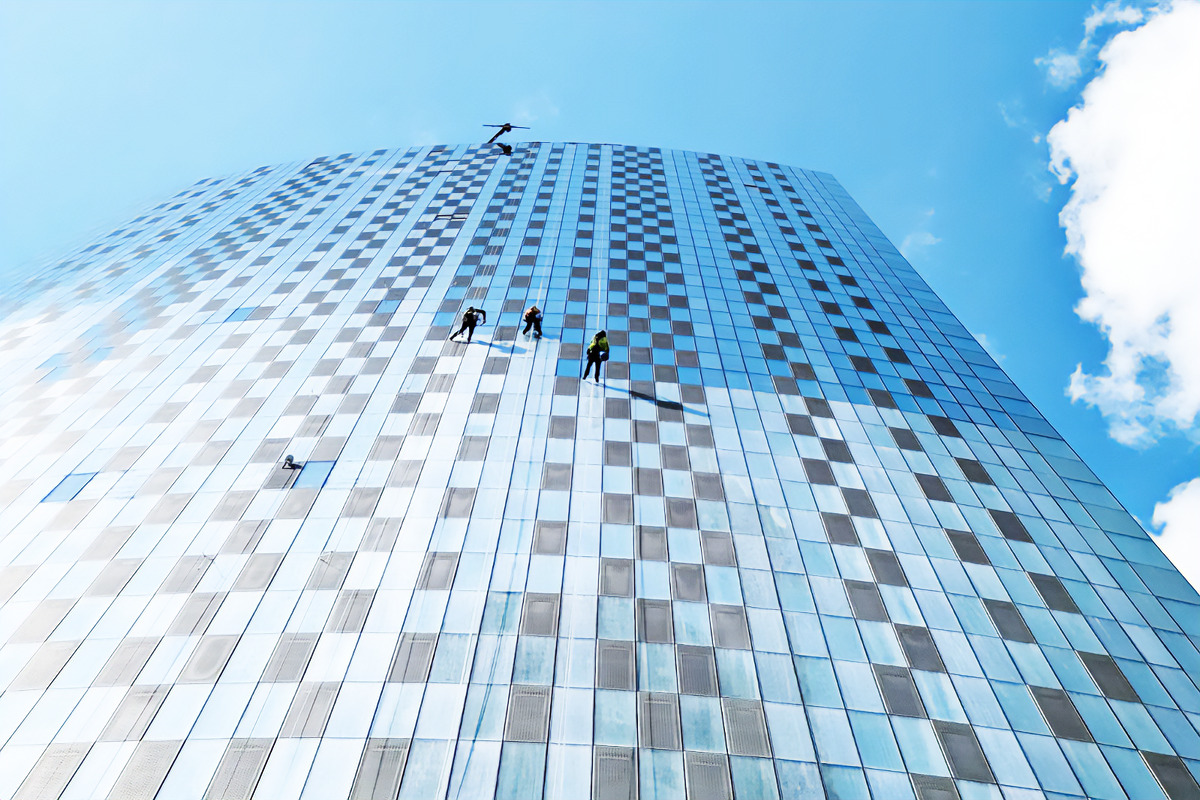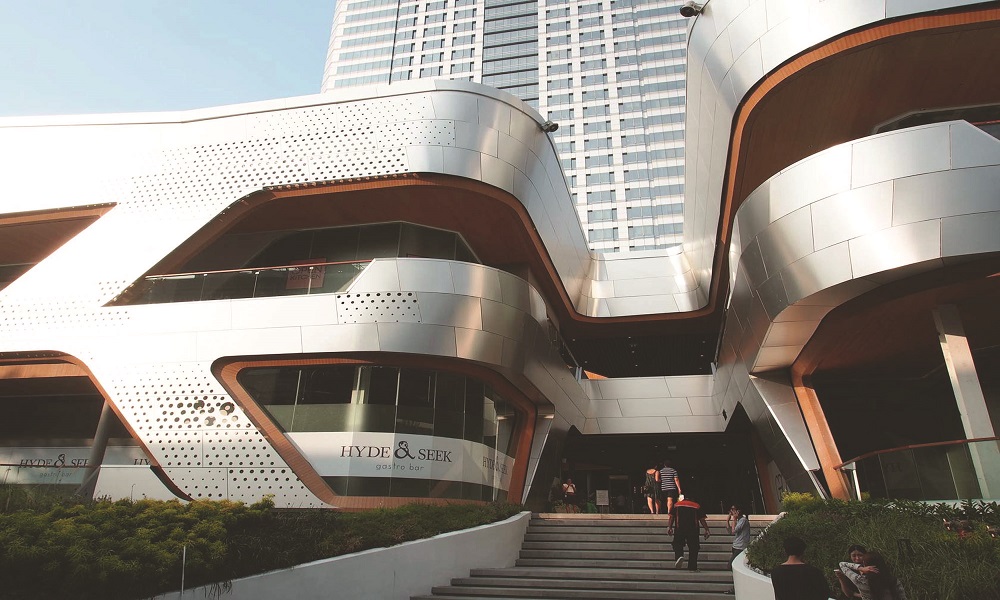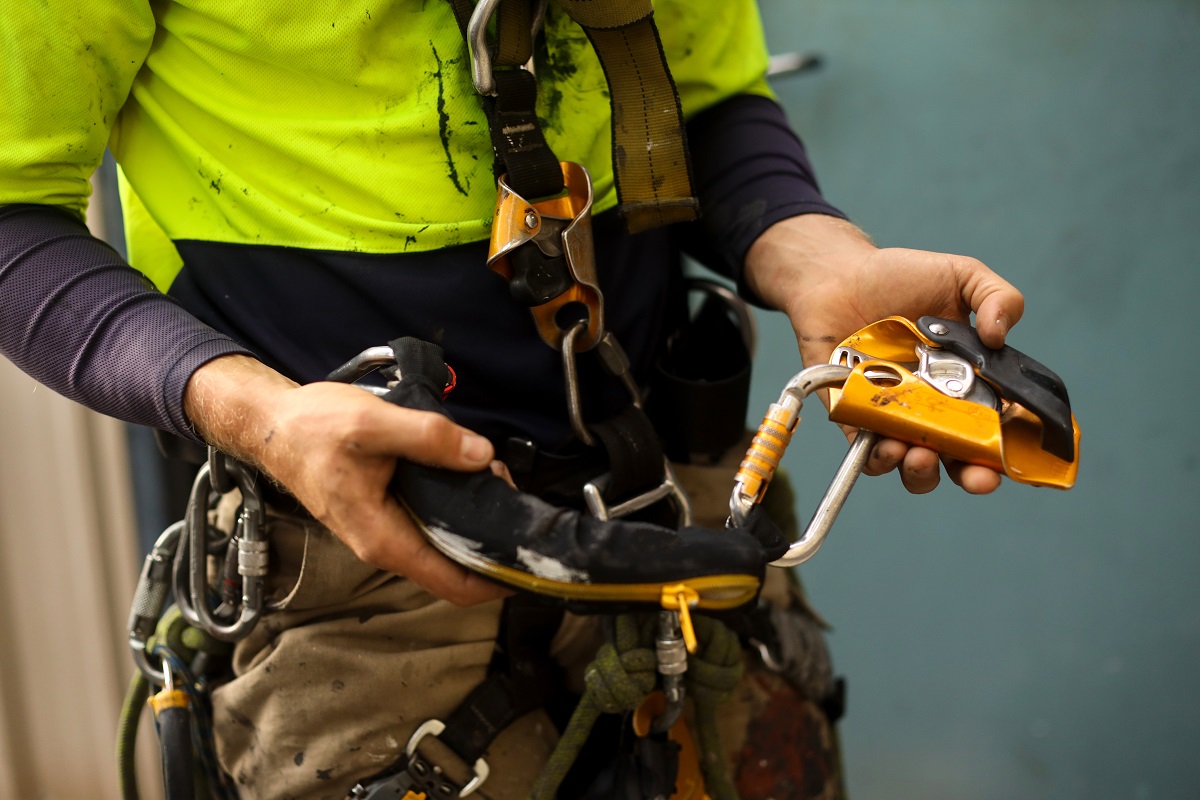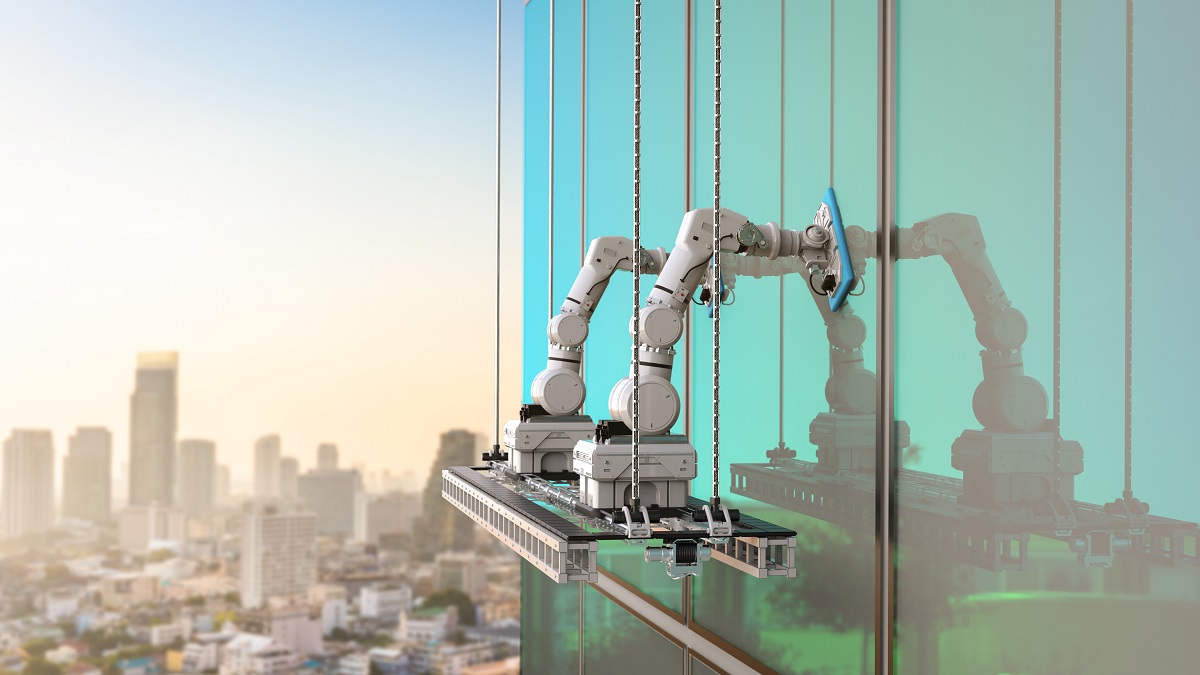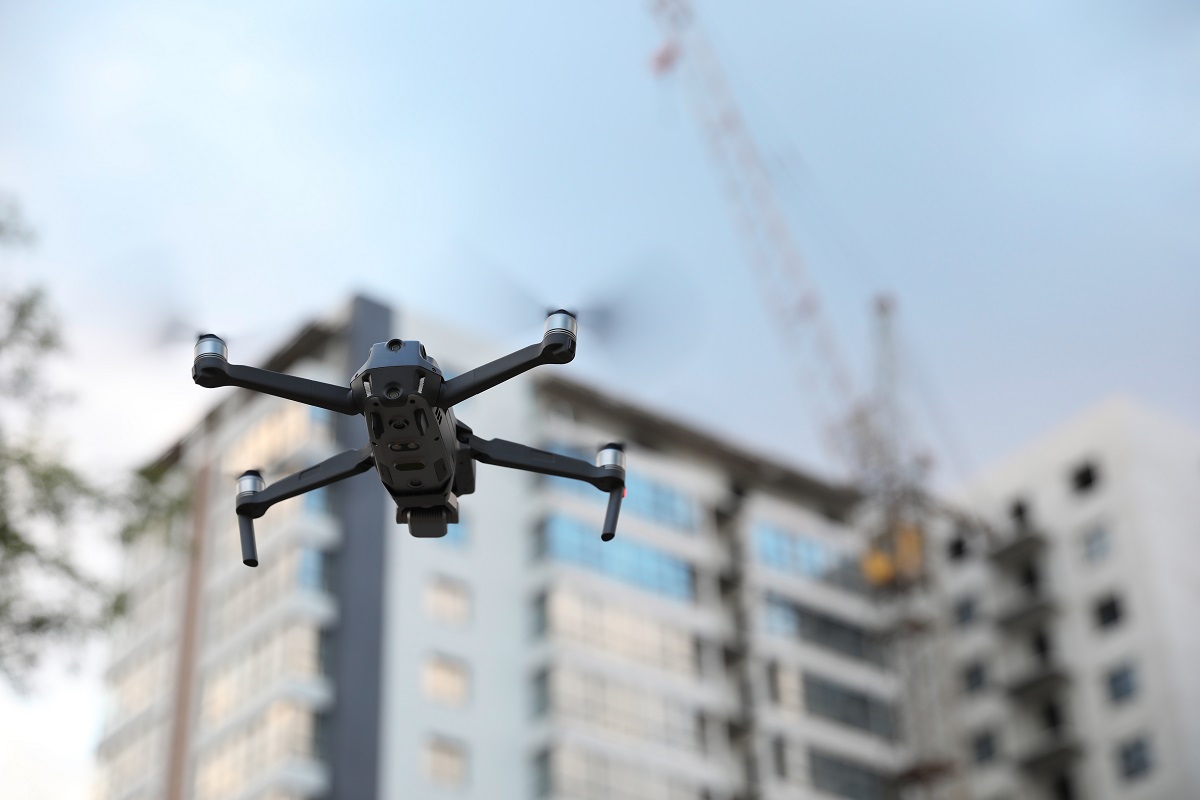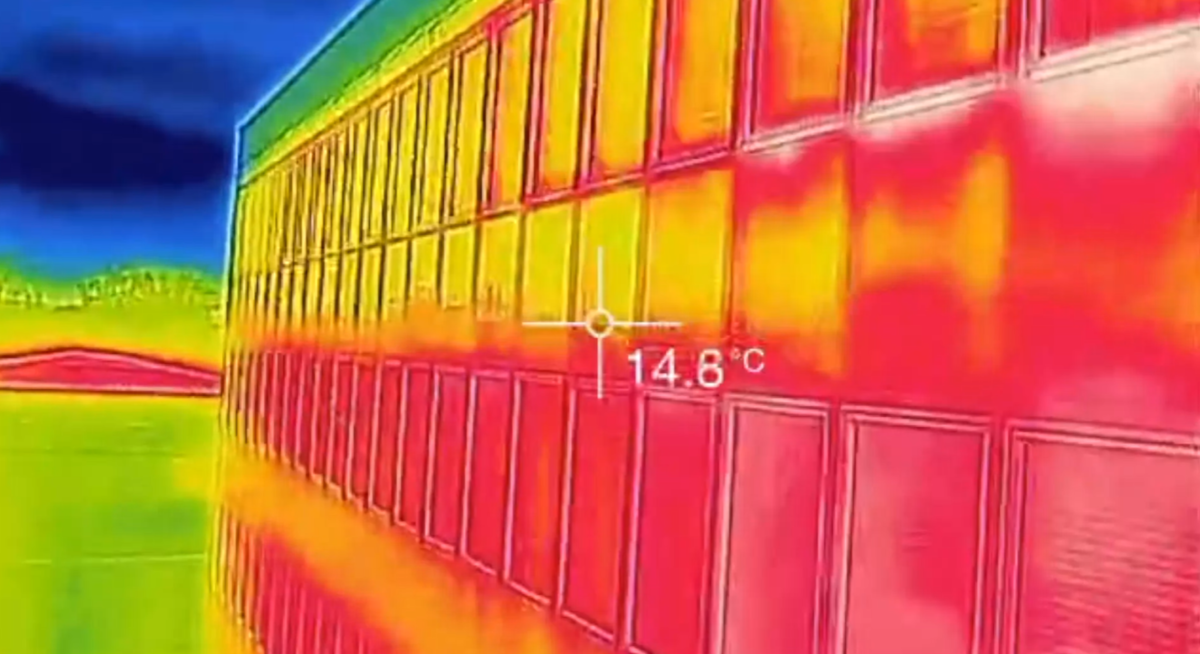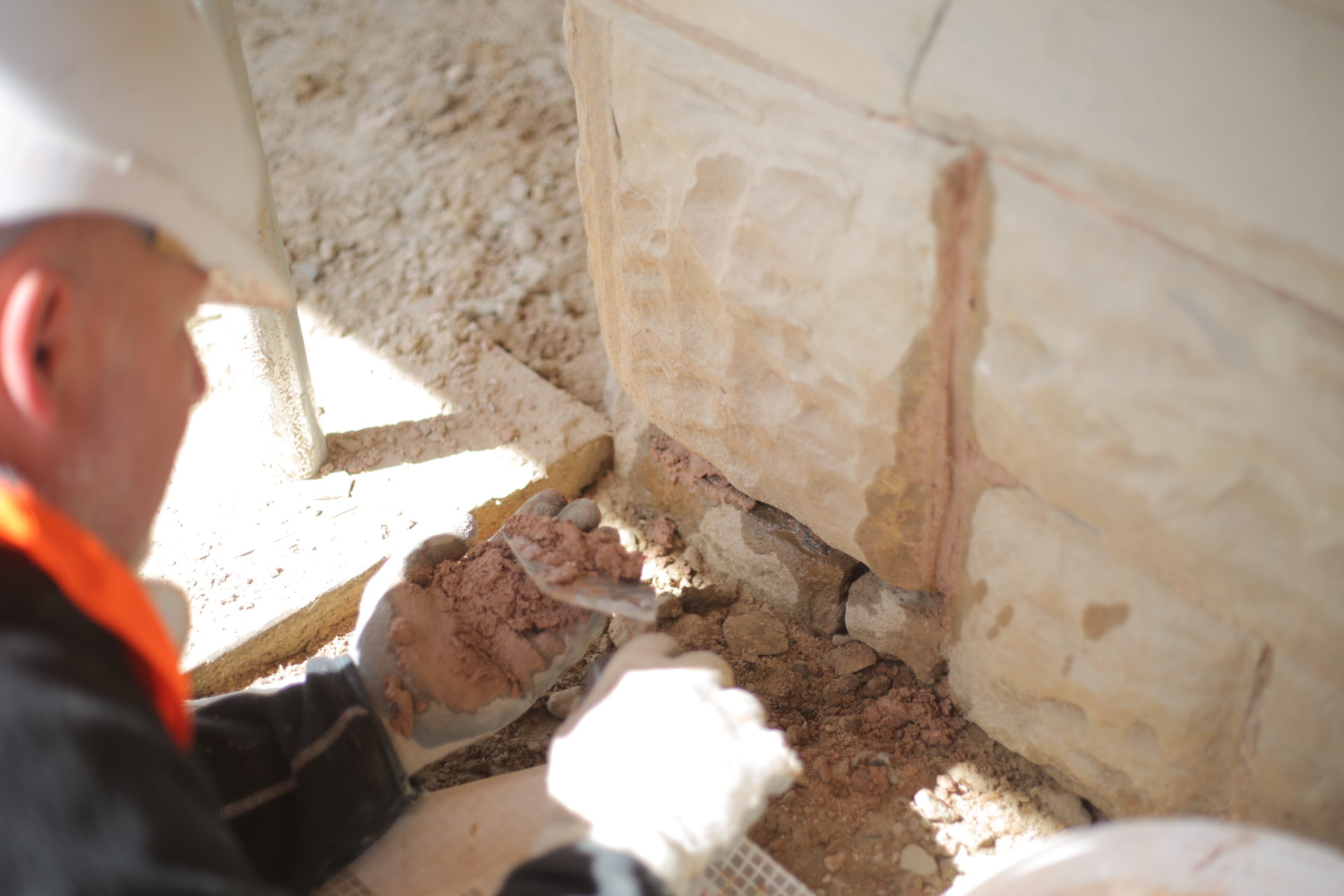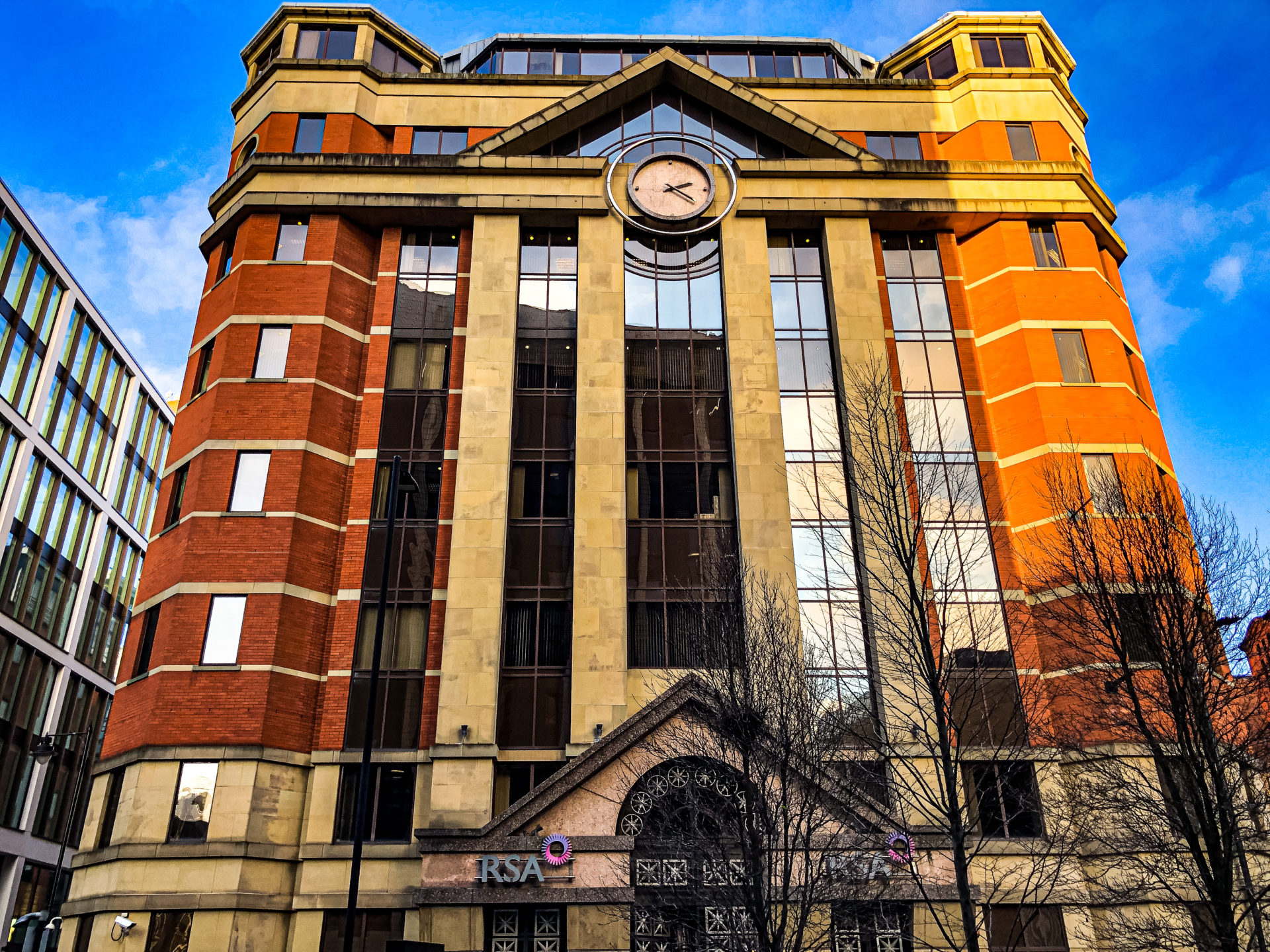The biggest realisation throughout the façade industry in recent times is that cleaning alone is simply not enough. If we look at façade cleaning in isolation, it’s not a sustainable approach to the well-being of buildings and, in the long term, can be costly. Exposed high-rise buildings become weathered very quickly and they are at the mercy of the elements in the extreme. Understanding the building fabric’s condition, its geography, weathering patterns, UV damage, corrosion, areas of decay and risk all need to be built into a more proactive program.
Such a detailed approach also helps protect the assets that naturally weather and decay over time, break down and erode. We are noticing an increased appetite for combined services of building skin cleaning, repairs and the proactive application of protective skin coatings such as nano coatings that protect the building fabric, its condition and its performance. Trends need to be driven towards more holistic service solutions and understanding for high-rise buildings’ needs; earlier intervention and investment within the building lifecycle through façade condition surveys (not just cleaning) is the only way such a change can be implemented.
Is cleaning the only solution for the overall maintenance of high-rise buildings?
Absolutely not. Cleaning is simply one component of maintenance, and it’s not enough. There should be a well-thought-out planned and preventative maintenance schedule in place for building owners. Façade performance can only be optimised within a proactive and façade condition inspection framework. It’s critical to manage the building envelope holistically, so for example, don’t just clean the glass so that it ‘looks’ clean. Regular façade inspection activity will help build a real catalogue of information related to the façade’s weathering or corrosion. Proactive maintenance will outperform any ad hoc inspections and limit expensive repairs. This can be achieved through specific routes of access, drones or rope access.
Will robotics entering high-rise cleaning affect the market in a drastic way?
Inevitably, yes, but only over time when the technology becomes more sophisticated. With the rise of the IoT (internet of things), more sensors in façades can help in terms of data collection on building skins, but we are a long way off from a truly automated system where people are replaced to actually carry out the work and cleaning. Robotics are a great method of building regular data of the building’s fabric condition, especially at a high level. They can help build the data from which detailed and specific cleaning and maintenance programs can be developed, however, they cannot currently implement the solution over and above cleaning that the building may need. For me, the solutions needed to understand, maintain and protect the building fabric at a high level is a team effort whereby robots, technology and people all maximise their strengths to work to protect the high-rise built environment. Leveraging a modern approach and integrating this within specialist high-rise façade cleaning and maintenance programs is key to helping buildings last into the 21st Century and beyond.

